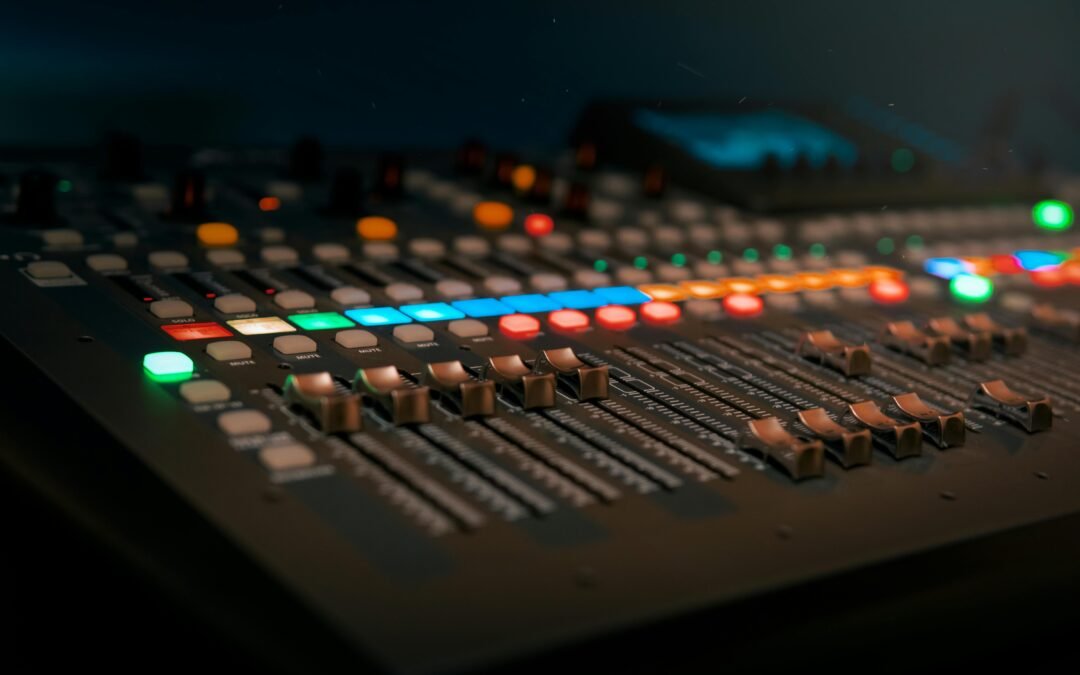Film music, often called the “invisible actor” of cinema, plays a crucial role in shaping the emotional and narrative experience of a movie. From the iconic opening notes of “Star Wars” to the haunting melodies of “Schindler’s List,” the power of a film score lies in its ability to evoke emotions, build tension, and create a lasting impact on the audience. In this blog, we’ll explore the art of film music, its evolution, and its profound influence on storytelling in cinema.
The Origins of Film Music
The relationship between music and film began in the silent film era when live musicians accompanied screenings to enhance the visual experience. These early performances ranged from solo piano or organ to full orchestras, with musicians often improvising or following cue sheets that outlined specific moods for different scenes.
As technology advanced and synchronized sound became possible, the role of music in film evolved. The introduction of “talkies” in the late 1920s allowed filmmakers to integrate music directly into the film’s soundtrack, giving rise to the original film score. This development marked the beginning of a new era where composers could craft music specifically designed to complement the narrative and emotional arc of a film.
The Evolution of Film Scoring
Over the decades, film scoring has undergone significant transformations, reflecting changes in both technology and artistic trends. The Golden Age of Hollywood, from the 1930s to the 1950s, saw the rise of symphonic scores, with composers like Max Steiner, Erich Wolfgang Korngold, and Bernard Herrmann creating lush, orchestral soundscapes that became synonymous with classic cinema.
In the 1960s and 1970s, film music began to incorporate more diverse musical styles, from jazz and rock to electronic and experimental sounds. This period gave birth to iconic scores like Ennio Morricone’s work on “The Good, the Bad and the Ugly” and John Williams’ unforgettable themes for “Jaws” and “Star Wars.” These scores not only defined the films they accompanied but also became cultural touchstones in their own right.
The late 20th and early 21st centuries have seen an even broader range of musical influences in film, with composers like Hans Zimmer, Trent Reznor, and Hildur Guðnadóttir pushing the boundaries of what film music can be. Whether through the use of electronic beats, minimalist motifs, or unconventional instruments, modern film music continues to evolve, adapting to the changing landscape of cinema.
The Role of Film Music in Storytelling
Film music serves as an emotional guide for the audience, subtly influencing how viewers perceive a scene or character. A well-crafted score can heighten tension, underscore romance, or evoke a sense of wonder. It can also provide narrative clues, foreshadowing events or revealing hidden aspects of a character’s inner world.
One of the most powerful aspects of film music is its ability to create motifs or “leitmotifs”—recurring musical themes associated with specific characters, places, or ideas. John Williams is a master of this technique, using leitmotifs to great effect in films like “Star Wars,” where the “Imperial March” instantly signals the presence of Darth Vader, or in “Harry Potter,” where the “Hedwig’s Theme” evokes the magical world of Hogwarts.
Moreover, film music can transcend the visual narrative, resonating with audiences on a deeply personal level. Think of the tear-inducing score in “The Lion King” or the uplifting melodies of “La La Land.” These pieces of music often stay with the audience long after the film has ended, becoming a part of the cultural zeitgeist.
The Collaborative Process
Creating a film score is a highly collaborative process, involving close communication between the composer, director, and sometimes even the actors. The composer must understand the director’s vision and translate it into a musical language that enhances the storytelling without overpowering the visuals.
This collaboration often begins with spotting sessions, where the director and composer watch the film together to identify key moments where music should be placed. The composer then works to create a score that aligns with the film’s tone and pacing, often revising and refining the music in response to the director’s feedback.
In some cases, directors and composers form long-lasting partnerships, such as the collaborations between Steven Spielberg and John Williams or Tim Burton and Danny Elfman. These relationships often result in a deep mutual understanding that allows for the creation of truly memorable film music.
The Impact of Film Music on Popular Culture
Film music has a unique ability to transcend the medium of cinema, becoming a significant part of popular culture. Iconic themes like the “James Bond” theme, the “Mission: Impossible” motif, and the sweeping score of “The Lord of the Rings” have all become instantly recognizable, even to those who may not have seen the films themselves.
Beyond individual themes, film music has also influenced other art forms, from concert performances to video game soundtracks. The popularity of film music concerts, where orchestras perform scores from beloved movies, speaks to the enduring appeal of this art form. Additionally, the rise of streaming platforms has made film scores more accessible to a global audience, allowing fans to enjoy their favorite movie music anytime, anywhere.
Conclusion: The Timeless Power of Film Music
Film music is more than just an accompaniment to the visuals; it is a powerful storytelling tool that shapes the emotional and narrative experience of a movie. From the grand orchestral scores of Hollywood’s Golden Age to the innovative sounds of contemporary cinema, film music continues to captivate and inspire audiences around the world.
As technology and filmmaking continue to evolve, so too will the art of film music. Whether it’s a soaring symphony or a minimalist electronic beat, the music of the movies will always have the power to move us, connect us, and leave an indelible mark on our collective imagination.
